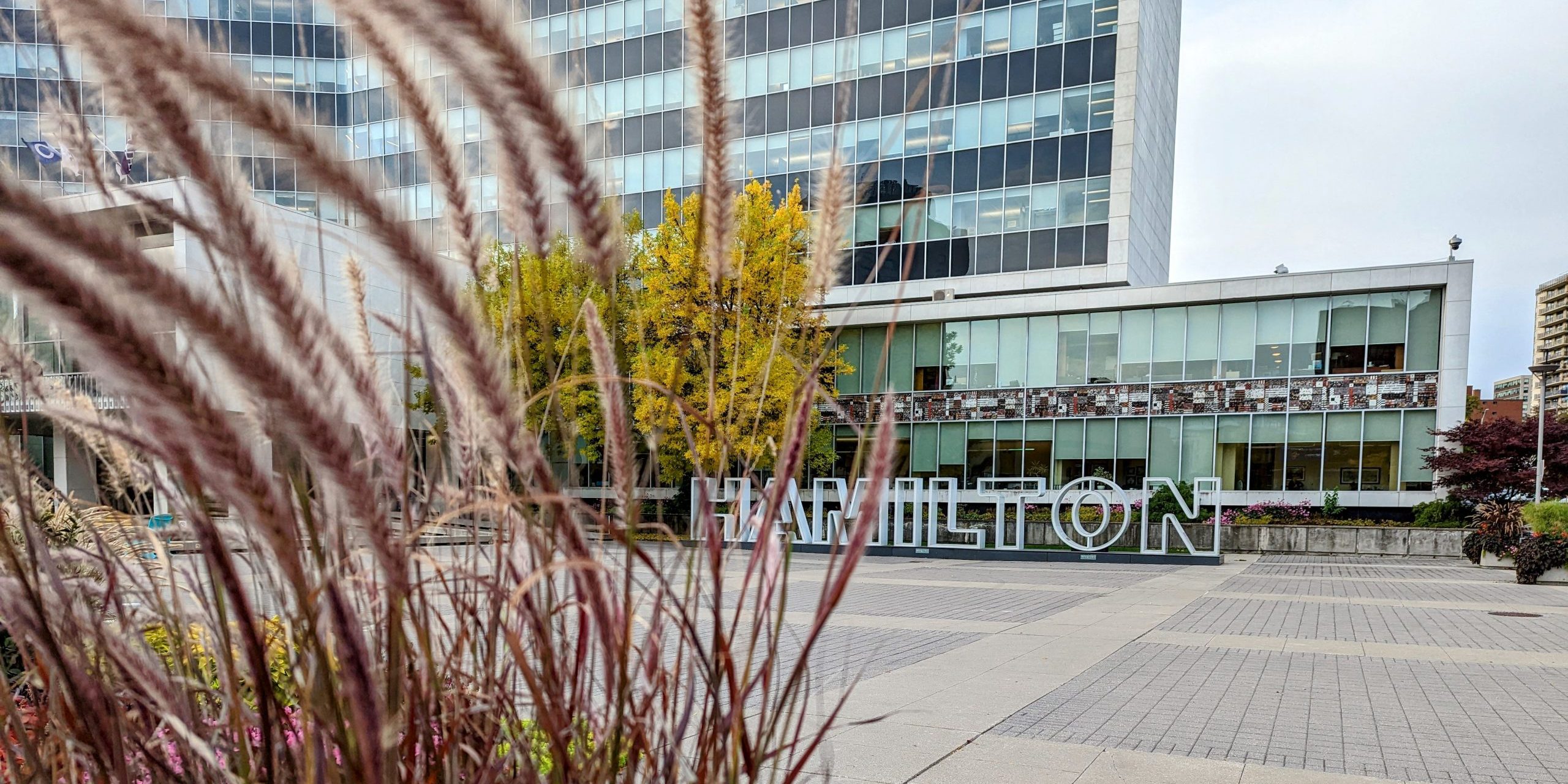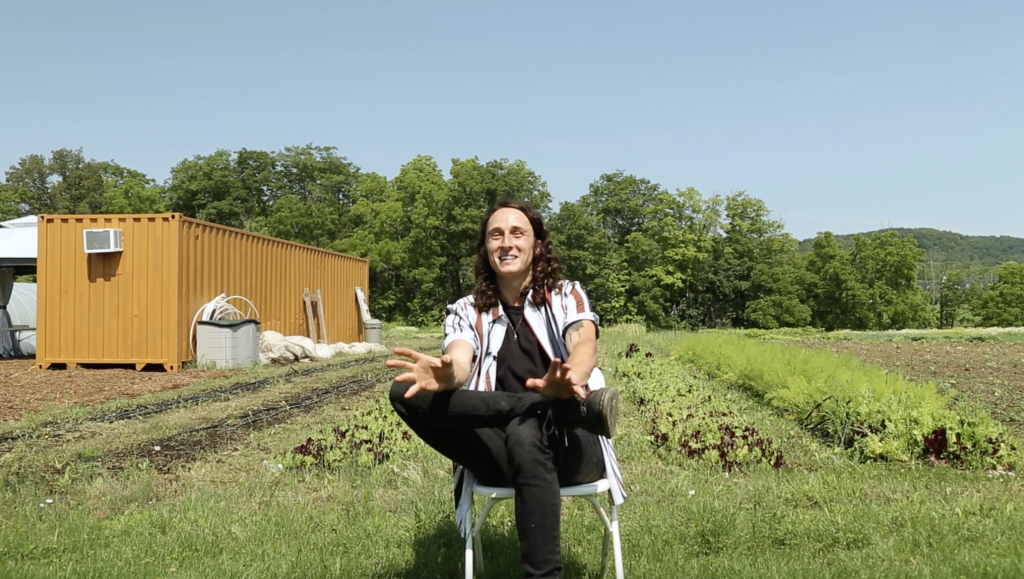Hamilton sets ambitious goals for next three years
Published July 3, 2023 at 9:00 am

Hamilton has set its key priorities for the next three years for the first time, which the mayor says will provide a roadmap to “get things done” and hold council accountable for achieving its goals.
By the time the mayor’s and councillors’ four-year terms end in 2026, they hope to see outcomes from boosting startups and big industries to reducing corporate greenhouse gas emissions by 55 per cent and planting 20,000 trees per year. They also aim to facilitate the approval of 20,000 new housing units, including affordable or permanently supportive housing.
The motion for Hamilton’s first council-driven “term of council priorities” passed 15-0 during a special meeting on June 27.
“I have to say I’m excited, yes we can,” said Mayor Andrea Horwath after the motion was approved during the meeting. “We have a lot of work to do, we have a lot of energy, a lot of excitement, a lot of talent around this table and in our broader team. And we just need to move forward in a way that’s thoughtful, that’s reflective of our community needs and our community capacity, which I believe is immense.”
The mayor later sent a statement to the media saying that the finalization of the term of council priorities shows that council “has a collective goal of achieving our vision for a thriving Hamilton.”
“Hamiltonians expect their council to get things done, and these priorities serve as a roadmap to hold us accountable,” she said.
Horwath said the vote to ratify the priorities will occur during the council meeting on July 14.
Once approved, staff will execute the priorities by building detailed action plans ahead of the 2024 budget.
The priorities keep in mind the City’s vision of making Hamilton the best place to raise a child and age successfully.
The City is pushing forward with its plan to focus on three critical priorities, including goals it has never achieved before, nine outcomes it hopes to accomplish and 20 measures of success. The three top priorities are sustainable economic and ecological development, liveable neighbourhoods, and the working of city hall and transparency in municipal government.
First priority: sustainable economic and ecological development
The first council priority is sustainable economic and ecological development. The City hopes to expand the non-residential growth rate while reducing the burden on residential tax payers. As part of its measures of success, it aims to increase new commercial and industrial construction by 1.4 million square feet and $500 million in construction value per year with an “ecological and economic lens.” It hopes to create ecosystems and supports that will leverage and facilitate the growth of businesses from startups to large industries in key sectors such as advanced manufacturing, agribusiness and food processing, creative industries, finance, insurance, real estate, information and communication technologies and digital media, life sciences, goods movement and the tourism industry.
In addition, Hamilton will focus on climate change and progress on decarbonization. Its measures of success include accelerating its climate goal by reducing corporate greenhouse gas emissions 55 per cent by the end of 2026. It wants to increase urban tree canopy coverage by two per cent during the same period through planting 20,000 trees per year. Hamilton currently plants 10,000 trees annually. Eventually, it wants to achieve 40-per-cent urban tree canopy coverage by 2050, prioritizing planting trees in neighbourhoods with the greatest need.
The City aims to protect Hamilton’s green spaces and water, such as by increasing publicly owned natural areas, parks and public spaces in hectares. It wants to accelerate its proposed watershed action plan for council approval in 2024 and support the delisting of Hamilton Harbour as an international joint commission area of concern.
Second priority: creating safe and thriving neighbourhoods
Creating safe and thriving neighbourhoods is a top goal. One way council hopes to do this is by increasing housing units for all and reducing homelessness. It hopes to see 20,000 new housing units approved by the end of 2026, with one-third available as rental units and at least 10 per cent that are affordable or permanently supportive housing units. In addition, a goal is to preserve and maintain affordable rental stock in the private market, along with 13,124 units in the non-profit sector and community housing. The City aims to reduce the number of individuals who are homeless by 30 per cent and open more spaces in shelters by the end of 2026.
It wants to improve mobility, accessibility and road safety. The City aims to achieve “Vision Zero” annually. This is a data-based approach to reduce traffic-related serious injuries and deaths to zero. It hopes to more than double the pace of construction of new and upgraded transportation facilities, such as separated bikeways, connected bike lanes and paved multi-use pathways, from about 15 kilometres per year to 40 kilometres per year.
Third priority: the working of city hall and transparency in government
Transparency in municipal government will be among the top items on council’s to-do list. It aims to do this through a new budget process starting in the 2025 budget year that emphasizes long-term financial planning through asset management principles as well as equity and carbon budgeting principles. The process should be accessible, prioritize public engagement and promotes transparency.
The City also hopes to improve public engagement and efficient customer service and communication such as by establishing a strategy by 2026 that would include tracking 100 per cent of customer interactions and shifting the organizational culture to be more responsive and creative.
It hopes to be an employer of choice that hires top talent, keeps top talent and keeps them highly engaged.
Staff will also consider “decluttering” work that has limited value and determine if projects could be shelved to free up funds and resources to work on the priorities, such as by reviewing sub-committees and volunteer advisory committees.
“It’s not perfection,” Horwath said about council’s priorities during the meeting. “This is about our collective aspirations, it’s about finding that common ground. It’s not about the nitty gritty details which then will mire us in a place that we won’t be able to get out of… what we want is to be able to move forward with a broad vision with some priorities set, with some outcomes identified so that our administration … understands what it is that we want to achieve as a council over the next little while.”
insauga's Editorial Standards and Policies advertisingThis week we finalized Hamilton’s first-ever council-driven Term of Council Priorities. As Mayor, I was proud to bring us together in a series of workshops to collaborate on this collective vision for the next 3 years. I’m so proud to share this work with Hamiltonians!
— Andrea Horwath (@AndreaHorwath) June 28, 2023







